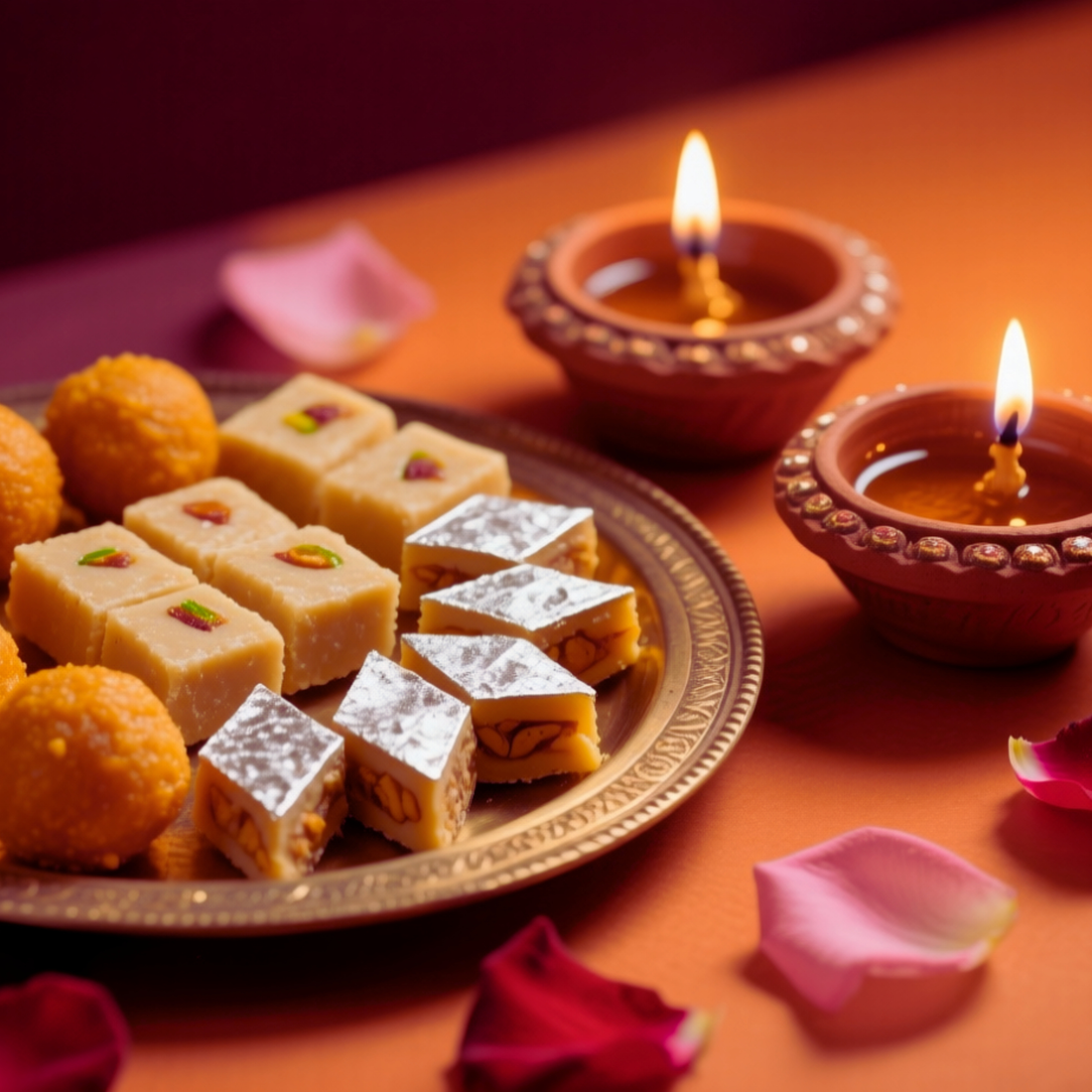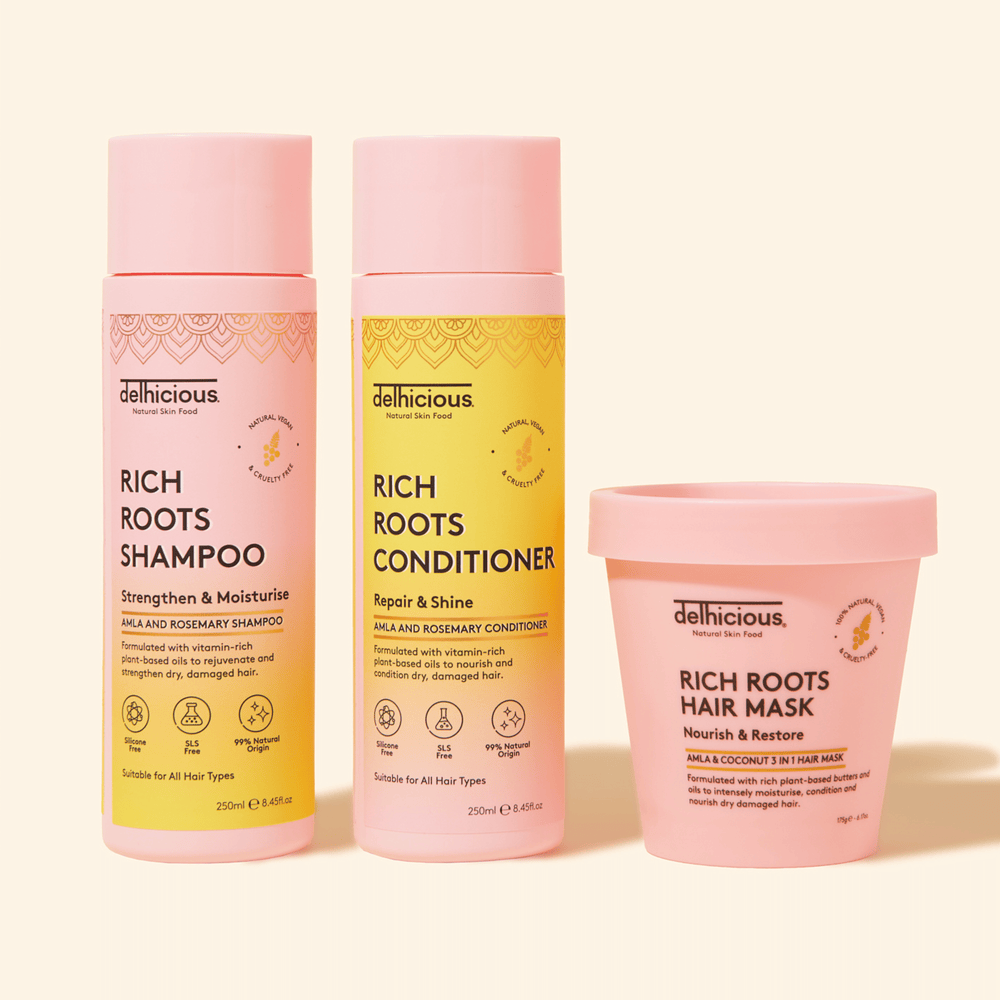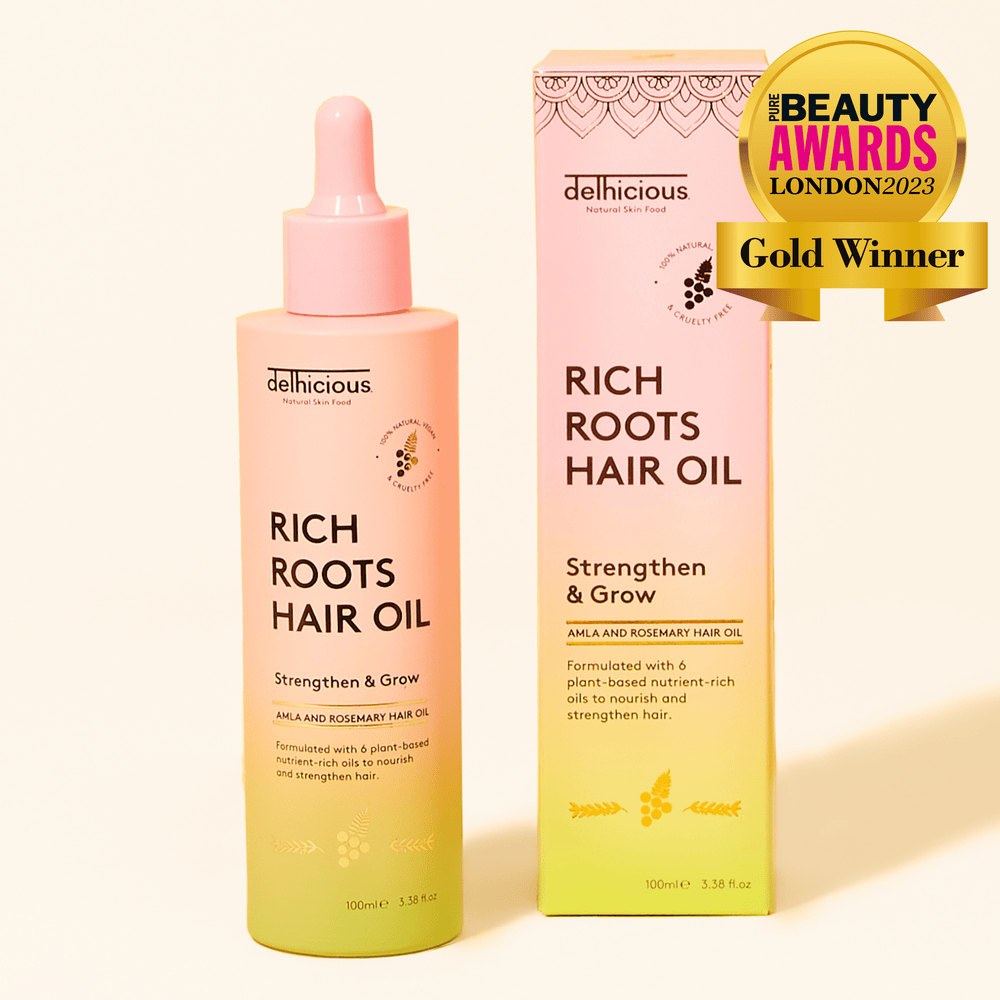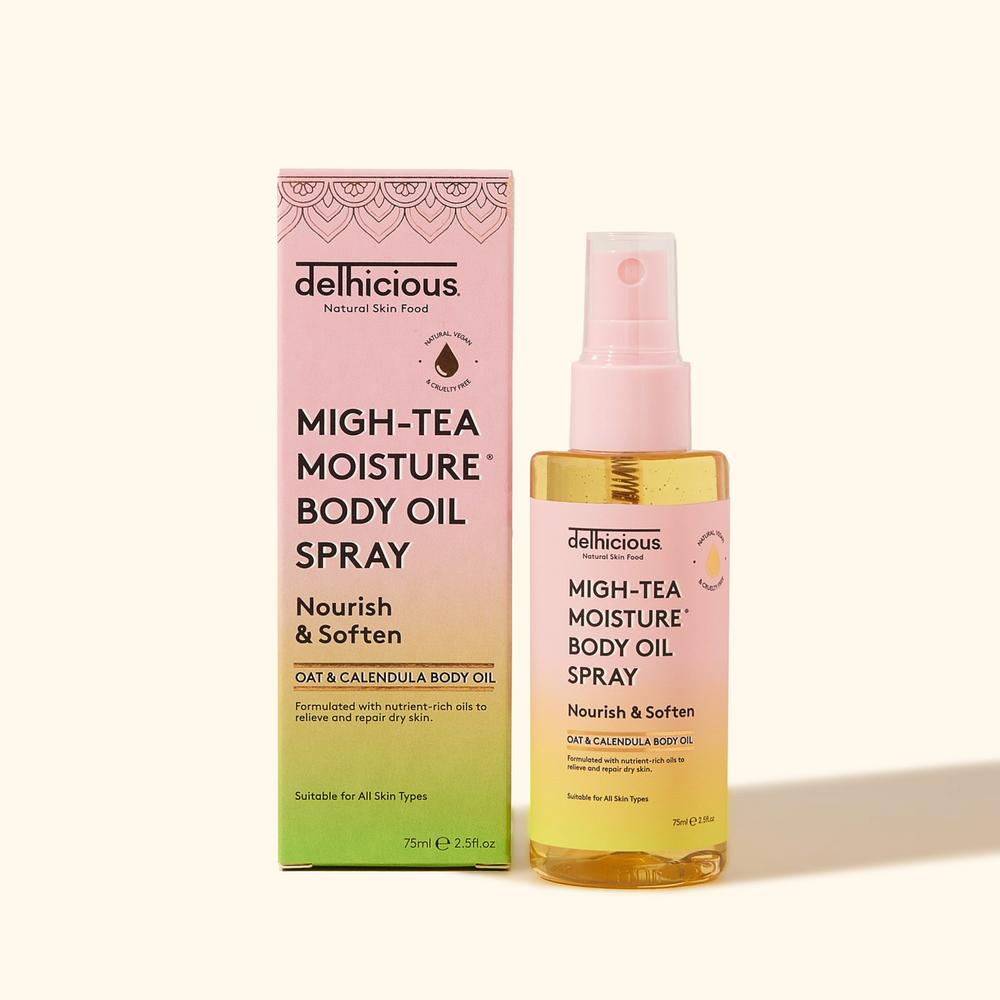
As homes light up with glowing lamps, colourful decorations, and the aroma of festive sweets, Diwali, the Festival of Lights, brings communities together in a radiant celebration of hope, renewal, and togetherness.
Observed by millions around the world, Diwali is more than just a festival - it's a cherished tradition that honours the triumph of light over darkness, good over evil, and knowledge over ignorance.
Whether you’ve grown up celebrating Diwali or are simply curious to learn more, here’s a look into what makes this five-day festival so meaningful - and how it’s celebrated.
Diwali falls on a different date each year and this year it is from 18th October to 22nd October with Diwali itself falling on 20thOctober.
What is Diwali?
Diwali (also called Deepavali) means "row of lamps" in Sanskrit. Traditionally, it marks the return of Lord Rama to his kingdom after 14 years in exile, as told in the Hindu epic Ramayana. The people lit rows of clay lamps (diyas) to guide him home - a practice that continues to this day.
Different communities celebrate Diwali for different reasons:
- Hindus honour Lord Rama, Lord Krishna, or Goddess Lakshmi (goddess of wealth and prosperity)
- Jains observe the day Lord Mahavira attained enlightenment
- Sikhs commemorate the release of Guru Hargobind Ji from imprisonment - a day known as Bandi Chhor Divas
Though the stories vary, the themes remain the same: victory, light, freedom, and renewal.
How is Diwali Celebrated?
Diwali is celebrated over five days, each with its own significance, rituals, and joyful traditions:
Day 1: Dhanteras
- The festival begins with a deep clean of the home - symbolic of clearing out old energy to welcome the new.
- People shop for gold, silver, kitchenware, or items for the home - all signs of prosperity and fresh beginnings.
Day 2: Naraka Chaturdashi or Kali Chaudas (or Choti Diwali)
- Homes are decorated with rangoli (colourful floor art) and clay lamps.
- Scented oils, candles, and festive lights begin to transform every corner.
- Some households perform rituals to ward off negativity and prepare for the main celebration.
Day 3: Diwali (Main Day)
- Families gather to perform Lakshmi Puja, praying for blessings, wealth, and happiness.
- Homes are illuminated with dozens of diyas and twinkling lights.
- Fireworks fill the sky, gifts are exchanged, and festive meals are shared with loved ones.
This is the most widely celebrated day of the festival and a time of gratitude, joy, and community.
Day 4: Govardhan Puja / Annakut
- In some regions, people prepare and offer large spreads of vegetarian food in thanks and devotion.
- It also marks the beginning of the Hindu New Year in parts of India, especially in Gujarat.
Day 5: Bhai Dooj / Bhai Beej
- A celebration of the bond between brothers and sisters, where siblings honour and bless each other with gifts, food, and heartfelt rituals.
A Touch of Tradition: Diwali Beauty Prep
While the heart of Diwali lies in prayer, light, and celebration, it’s also a time for refreshing and rejuvenating oneself.
Simple self-care rituals, like hair oiling or a gentle body massage, are part of many pre-Diwali routines - not just for beauty, but as ways to relax, reflect, and prepare for the days of connection and festivity ahead.
Light, Love, and a New Beginning
Diwali is a reminder that even in the darkest times, light finds a way. It’s a celebration of new beginnings, deeper connections, and the joy of giving - whether that’s time, love, blessings, or support.
From all of us at Delhicious, we wish you a happy, safe, and luminous Diwali - filled with warmth, joy, and the light of new possibilities.




